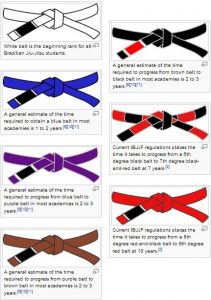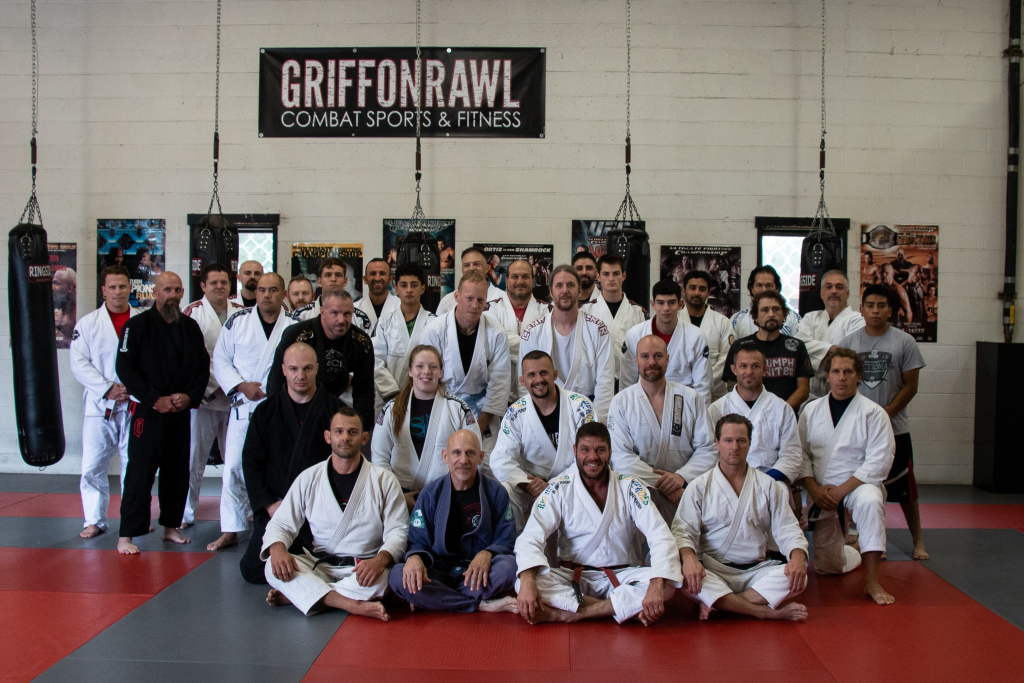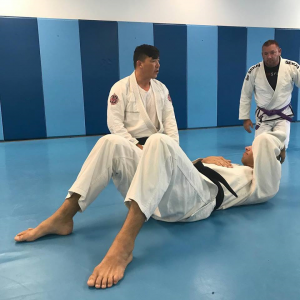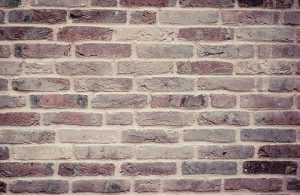 Earning rank in Brazilian Jiu Jitsu is perhaps harder to do than in any other martial art. It’s no secret that jiu jitsu black belts are considered to be among the toughest members of the fighting community, having put in thousands of hours over the years to obtain the rank. What’s not always as clear, however, is what criteria needs to be met to be considered a black belt, or any of the other ranks in jiu jitsu. That’s because there’s no clear cut system of moves defined per belt level like in other martial arts. Jiu jitsu has no katas, and most schools don’t do belt tests, it’s left to the discretion of the instructor.
Earning rank in Brazilian Jiu Jitsu is perhaps harder to do than in any other martial art. It’s no secret that jiu jitsu black belts are considered to be among the toughest members of the fighting community, having put in thousands of hours over the years to obtain the rank. What’s not always as clear, however, is what criteria needs to be met to be considered a black belt, or any of the other ranks in jiu jitsu. That’s because there’s no clear cut system of moves defined per belt level like in other martial arts. Jiu jitsu has no katas, and most schools don’t do belt tests, it’s left to the discretion of the instructor.
Brazilian Jiu Jitsu’s belt ranking system used to be differentiated from Judo in that BJJ belts originally consisted of only 3: white, light blue for instructors and dark blue for head instructors. According to Professor Pedro Valente, the belt system of Judo was adopted by Elcio Leal Binda when he created the Brazilian Jiu Jitsu Federation in 1967. What’s unclear to me though is how that evolved into the current jiu jitsu belt system, as the judo belts are different than Brazilian jiu jitsu belts today. It sounds like the idea of different belts differentiating fighting skill may have been adapted from judo, but the actual colors/degrees of the belts were specific to jiu jitsu. If I find out for sure I’ll update this post.

 NOTE: The text below was written in a journal I found recently. I’m nearly 4 years into training Jiu Jitsu at this point, but I enjoyed re-reading this journal entry from when I first started. I thought I’d share it in case others might relate to the same experiences that I went through.
NOTE: The text below was written in a journal I found recently. I’m nearly 4 years into training Jiu Jitsu at this point, but I enjoyed re-reading this journal entry from when I first started. I thought I’d share it in case others might relate to the same experiences that I went through.
 Yesterday I attended a seminar with
Yesterday I attended a seminar with  I’ve been watching these videos today and getting a lot out of them. Ryron and Rener Gracie go in depth into concepts about defense, escapes, control and submission. What I like about these videos is they talk about jiu jitsu concepts rather than just demoing moves. Moves are great, but I find that I learn best when I can see the bigger picture through a concept based approach. There’s a lot to unpack in these videos, and I’m just getting into them so I can’t speak much about them yet, but wanted to share them here in case others would find them valuable as well.
I’ve been watching these videos today and getting a lot out of them. Ryron and Rener Gracie go in depth into concepts about defense, escapes, control and submission. What I like about these videos is they talk about jiu jitsu concepts rather than just demoing moves. Moves are great, but I find that I learn best when I can see the bigger picture through a concept based approach. There’s a lot to unpack in these videos, and I’m just getting into them so I can’t speak much about them yet, but wanted to share them here in case others would find them valuable as well.
 Yesterday I attended my third seminar with
Yesterday I attended my third seminar with  Last night at class we spent most of the evening working on stand-up self defense tactics. In jiu jitsu we tend to spend most of our time fighting on the ground, either off our backs or with our weight distributed on our partner. Anytime I work on stand-up I’m reminded of how different the strength and cardio requirements are. It gets even harder when you’re standing up and pinned against the wall. And harder still when you get taken down, pinned against the wall, with your partners full weight on you and your trying to stand back up.
Last night at class we spent most of the evening working on stand-up self defense tactics. In jiu jitsu we tend to spend most of our time fighting on the ground, either off our backs or with our weight distributed on our partner. Anytime I work on stand-up I’m reminded of how different the strength and cardio requirements are. It gets even harder when you’re standing up and pinned against the wall. And harder still when you get taken down, pinned against the wall, with your partners full weight on you and your trying to stand back up.